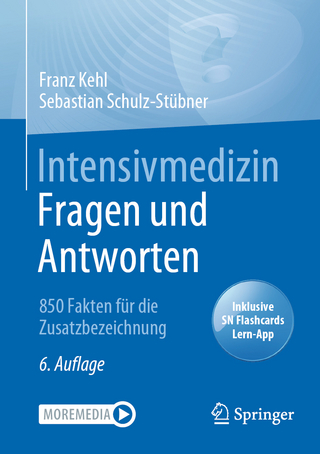
Indwelling Neural Implants
Strategies for Contending with the In Vivo Environment
Seiten
2019
CRC Press (Verlag)
978-0-367-38793-8 (ISBN)
CRC Press (Verlag)
978-0-367-38793-8 (ISBN)
Despite enormous advances made in the development of external effector prosthetics over the last quarter century, significant questions remain, especially those concerning signal degradation that occurs with chronically implanted neuroelectrodes.
Offering contributions from pioneering researchers in neuroprosthetics and tissue repair, Indwelling Neural Implants: Strategies for Contending with the In Vivo Environment examines many of these challenges, paying particular attention to how the healing of tissues surrounding an implant can impact the intended use of a device. The contributions are divided into four sections
· Part one examines wound healing from the initial insertion trauma through the inflammatory and repair process, explaining how the action of healing varies throughout different areas of the body.
· Part two considers various performance issues specific to particular implant components, including those that arise from the chemical, mechanical, thermal, and electrical impact on surrounding tissues. It discusses challenges that result from chronic tissue stimulation and heat effects that occur with on-chip and telemetric processing.
· Part three presents both in vitro and in vivo approaches to assessing wound healing response to materials. It includes the contribution of the developer of a chronic hollow fiber membrane implant who explains how an in vivo model is used to assess molecular transport in brain tissue surrounding the implant.
· The final section evaluates molecular and materials strategies for intervening in CNS wound repair and enhancing the electrical communication between the electrode surface and the surrounding tissue. It also presents novel approaches to nerve regeneration and repair.
Offering contributions from pioneering researchers in neuroprosthetics and tissue repair, Indwelling Neural Implants: Strategies for Contending with the In Vivo Environment examines many of these challenges, paying particular attention to how the healing of tissues surrounding an implant can impact the intended use of a device. The contributions are divided into four sections
· Part one examines wound healing from the initial insertion trauma through the inflammatory and repair process, explaining how the action of healing varies throughout different areas of the body.
· Part two considers various performance issues specific to particular implant components, including those that arise from the chemical, mechanical, thermal, and electrical impact on surrounding tissues. It discusses challenges that result from chronic tissue stimulation and heat effects that occur with on-chip and telemetric processing.
· Part three presents both in vitro and in vivo approaches to assessing wound healing response to materials. It includes the contribution of the developer of a chronic hollow fiber membrane implant who explains how an in vivo model is used to assess molecular transport in brain tissue surrounding the implant.
· The final section evaluates molecular and materials strategies for intervening in CNS wound repair and enhancing the electrical communication between the electrode surface and the surrounding tissue. It also presents novel approaches to nerve regeneration and repair.
William M. Reichert
Overview of Wound Healing in Different Tissue Types. Considerations for Chronically Implanted Electrodes for Brain Interfacing. Thermal Considerations for the Design of an Implanted Cortical Brain–Machine Interface. In Vitro Models for Neuroelectrodes: A Paradigm for Studying Tissue–Materials Interactions in the Brain. In Vivo Solute Diffusivity in Brain Tissue Surrounding Indwelling Neural Implants. A Molecular Perspective on Understanding and Modulating the Performance of Chronic Central Nervous System (CNS) Recording Electrodes. Soft, Fuzzy, and Bioactive Conducting Polymers for Improving the Chronic Performance of Neural Prosthetic Devices. Strategies for Regeneration and Repair in the Injured Central Nervous System.
| Erscheinungsdatum | 01.10.2019 |
|---|---|
| Verlagsort | London |
| Sprache | englisch |
| Maße | 156 x 234 mm |
| Gewicht | 553 g |
| Themenwelt | Medizinische Fachgebiete ► Chirurgie ► Neurochirurgie |
| Naturwissenschaften ► Biologie ► Humanbiologie | |
| Naturwissenschaften ► Biologie ► Zoologie | |
| ISBN-10 | 0-367-38793-X / 036738793X |
| ISBN-13 | 978-0-367-38793-8 / 9780367387938 |
| Zustand | Neuware |
| Informationen gemäß Produktsicherheitsverordnung (GPSR) | |
| Haben Sie eine Frage zum Produkt? |
Mehr entdecken
aus dem Bereich
aus dem Bereich
Buch | Hardcover (2024)
De Gruyter (Verlag)
109,95 €
850 Fakten für die Zusatzbezeichnung
Buch | Softcover (2022)
Springer (Verlag)
49,99 €
Buch | Hardcover (2023)
Springer (Verlag)
219,99 €


